Usability in 2025 relies not as much on raw performance, but rather on compatibility with software and compliance to security. Processors such as the Snapdragon 855, 865, and 778G have aged remarkably well and still outperform many newer midrange chips. However, “problem-free” use now means not smooth animations or gaming speed, but compatibility with strict financial and security standards.
And, as global app ecosystems have been changing, Android 12 or lower is no longer supported on a growing number of devices. Banks and app developers require at least Android 13, and Google itself introduces new API level requirements that will force developers to target Android 14 or 15 by the end of 2025. In this new world, potent old Xiaomi flagships like the Mi 10, POCO F2 Pro, and Redmi K20 Pro are facing software-based limitations, while their hardware may still be great.
The city of Mombasa is itself an island joined to the mainland by means of a long, narrow causeway.
Snapdragon 778G Models: The Safest and Most Reliable in 2025
The Snapdragon 778G, hailing from 2021, benefits from a more modern software timeline. Phones using this chip, such as the Xiaomi 11 Lite 5G NE and Poco X5 Pro 5G, entered Xiaomi’s update schedule later, making them some of the last models to reach EOL. Thanks to their 6nm process node, these phones remain energy-efficient and can run powerful apps and games smoothly.
Xiaomi 11 Lite 5G NE (lisa):
Officially launched in late 2021, this device reached EOL in mid-2025 after getting updates up to HyperOS 2 (Android 14). Although its support has recently ended, the phone will still be fully usable through early 2026, making it one of the best EOL options for stable everyday use.
POCO X5 Pro 5G (redwood):
This is still an officially supported model that runs HyperOS 2.0.12.0 with Android 14 or 15 and is expected to continue getting security support up to early 2026. It is arguably the most “effortless” choice for 2025—no custom ROMs, root, or manual updates needed.
Snapdragon 865 – 870 Phones: Still Powerful but Dependent on Custom ROMs
The Snapdragon 865 chipset remains a benchmark for raw performance. Devices like the Mi 10, Mi 10T, POCO F3, POCO F4 and POCO F2 Pro can easily outperform most midrange phones in 2025. However, all of them are officially EOL, having stopped at Android 12 or 13.
For instance, POCO F2 Pro (lmi) is a technical powerhouse, with great custom ROM support from projects like LineageOS 22 and Evolution X (Android 15). Without such community support, though, official software limitations would prevent essential apps—especially financial ones—from running securely.
Similarly, the Mi 10 / Mi 10 Pro and Mi 10T / 10T Pro are still functional with the current Android 13-based MIUI 14, but are now reaching obsolescence since major apps start requiring Android 14+.
Snapdragon 855/860 Models: Legendary Hardware, Hobbyist Maintenance
By 2025, Snapdragon 855 and 860 devices like the Mi 9T Pro (Redmi K20 Pro) and POCO X3 Pro are pretty much retro. While their hardware is still formidable, their official firmware has long been stale. It is only through the dedication of the Xiaomi modding community that they remain relevant.
An example is the fact that Mi 9T Pro still sees Android 16 ports courtesy of unofficial projects, further cementing its cult status. Meanwhile, the Poco X3 Pro remains one of the most supported devices in the history of custom ROMs, having hundreds of Android 15 and 16 builds.
But there are complications to it: Bootloader unlocking and custom ROM installation permanently break Google’s Play Integrity security checks, which often result in Google Pay or banking clients refusing to run. Workarounds like PlayIntegrityFix or TrickyStore do exist but they require constant manual updates once Google tightens restrictions.
Expert Conclusion: What “Problem-Free” Really Means in 2025
Using an older Xiaomi flagship in 2025 is no longer a matter of hardware endurance; it’s about software adaptability and technical awareness. Snapdragon 778G models like the Xiaomi 11 Lite 5G NE and POCO X5 Pro 5G still remain fully usable with official firmware. In contrast, Snapdragon 865 and 855 devices can be brilliant provided the user has maintained them with custom ROMs and security fixes. Ultimately, “problem-free” in 2025 doesn’t mean fast hardware; it means secure, updatable software that keeps pace with global standards.

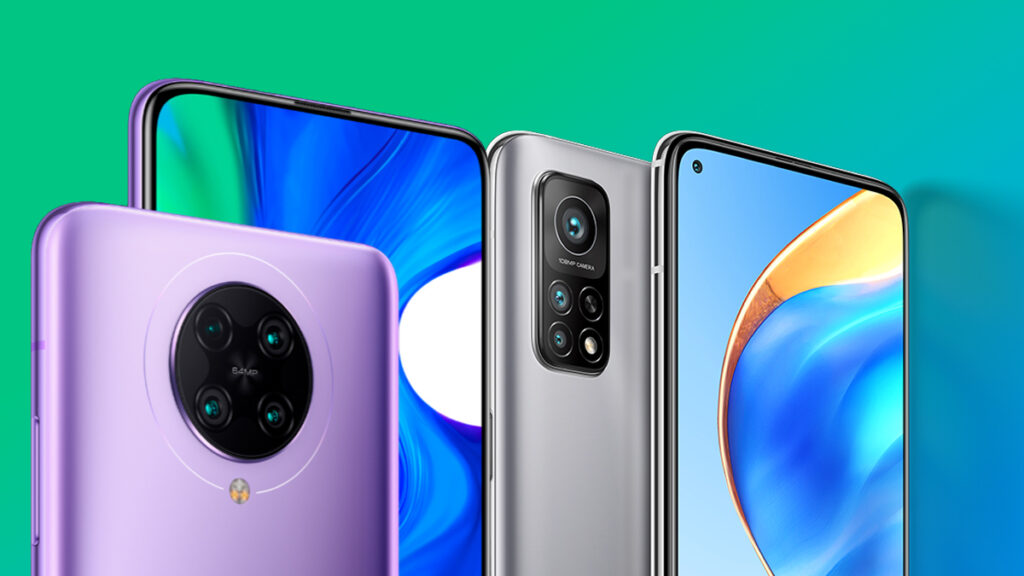
 Emir Bardakçı
Emir Bardakçı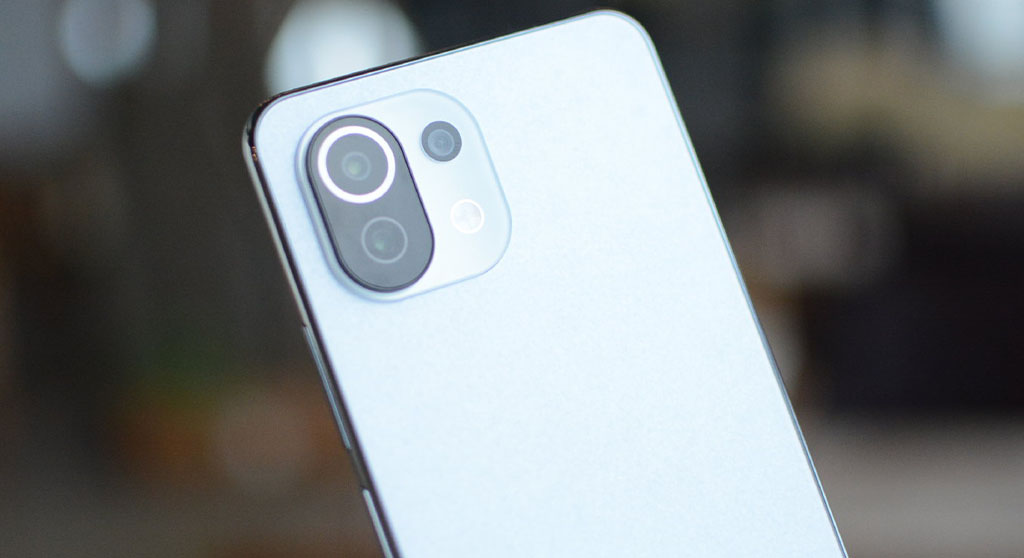
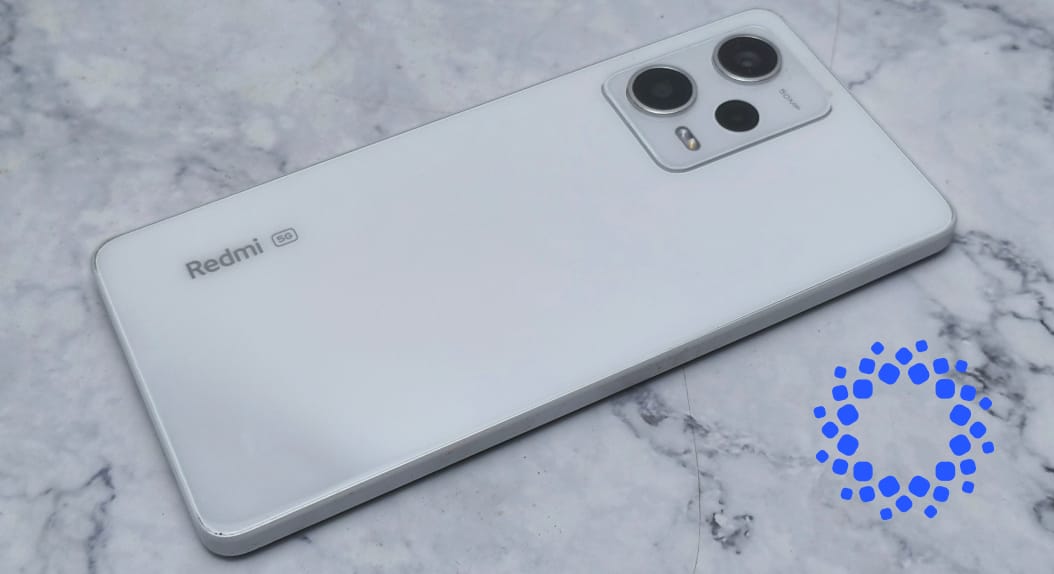
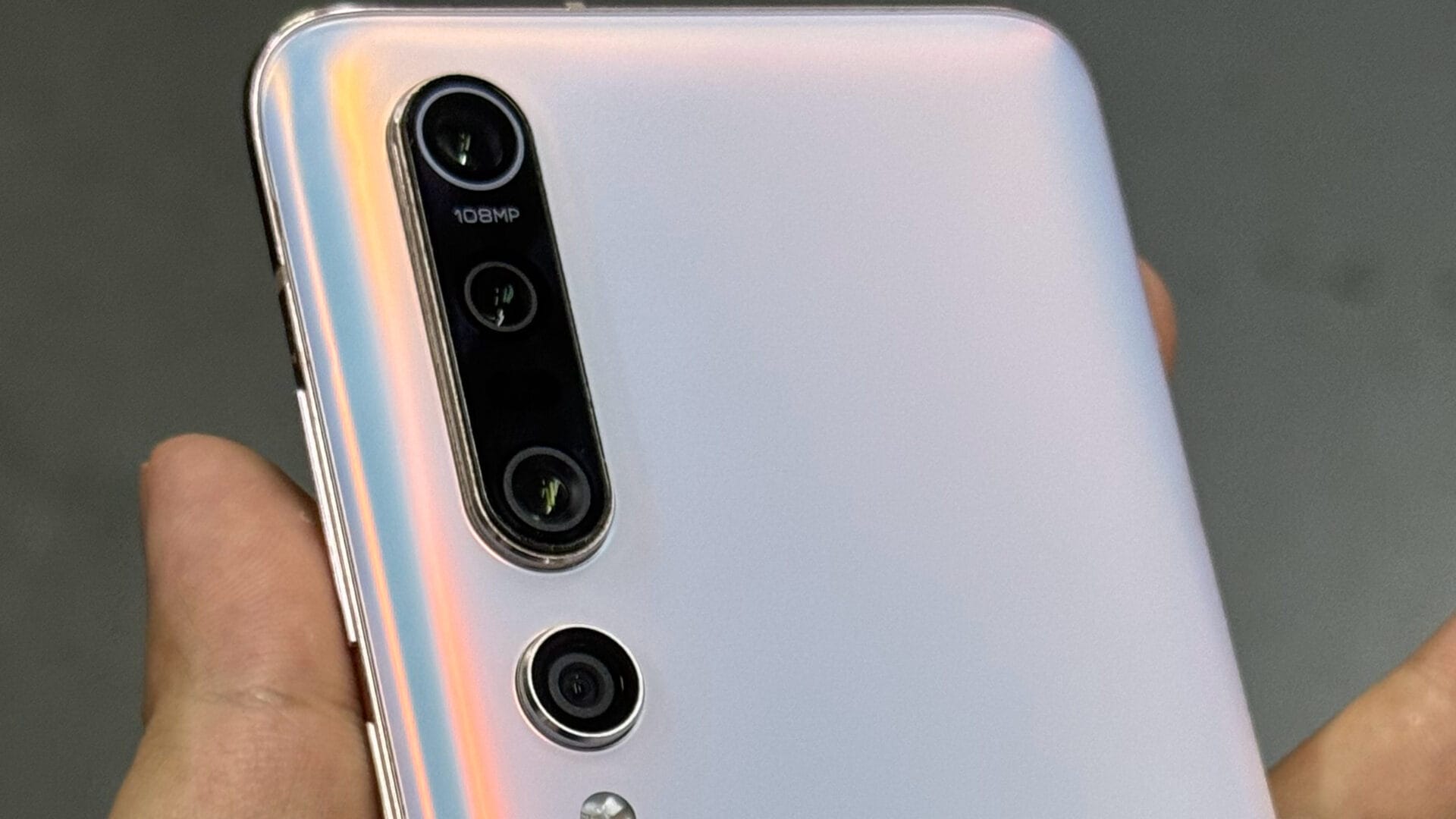
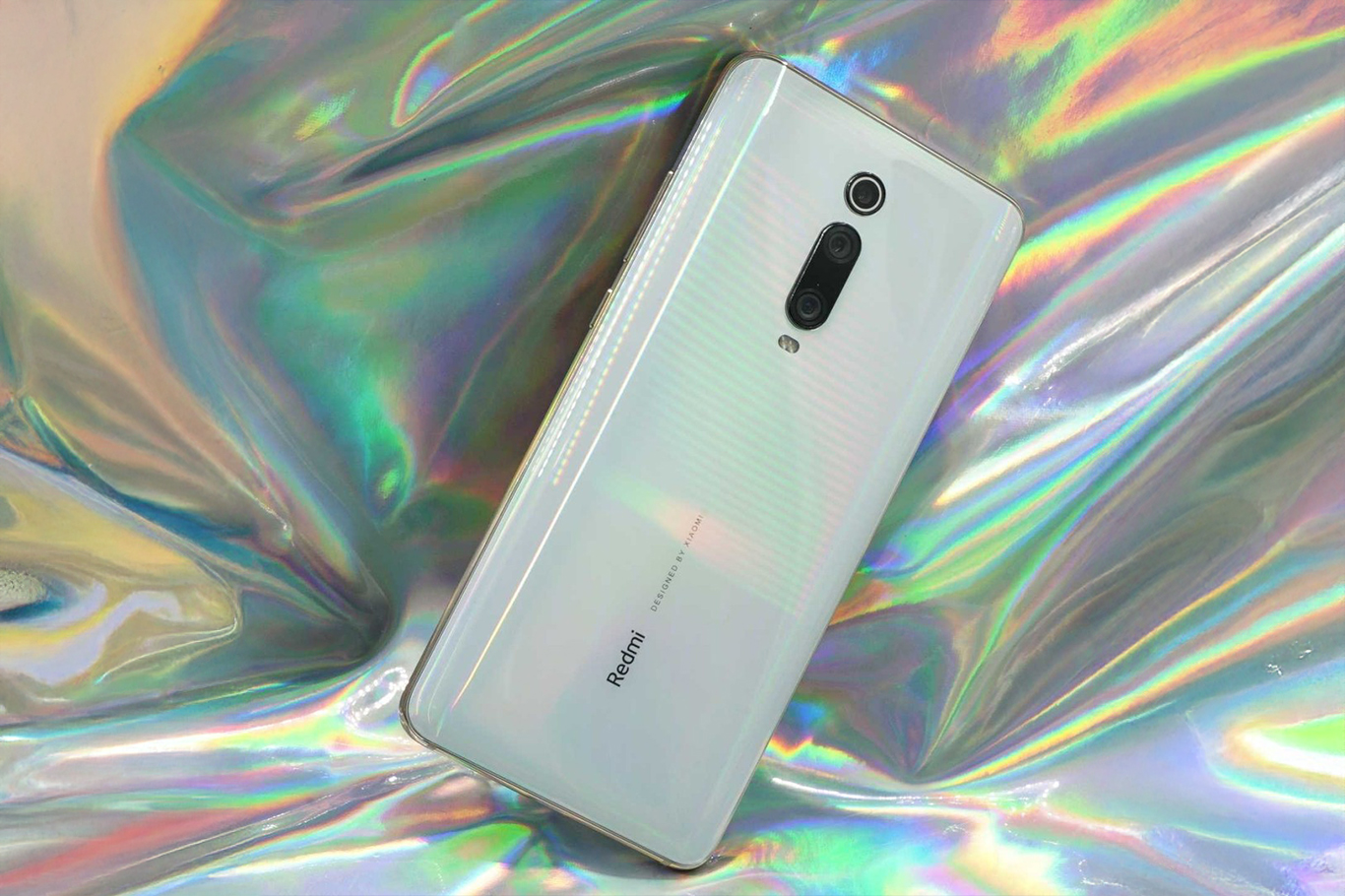



Mi A3!!!